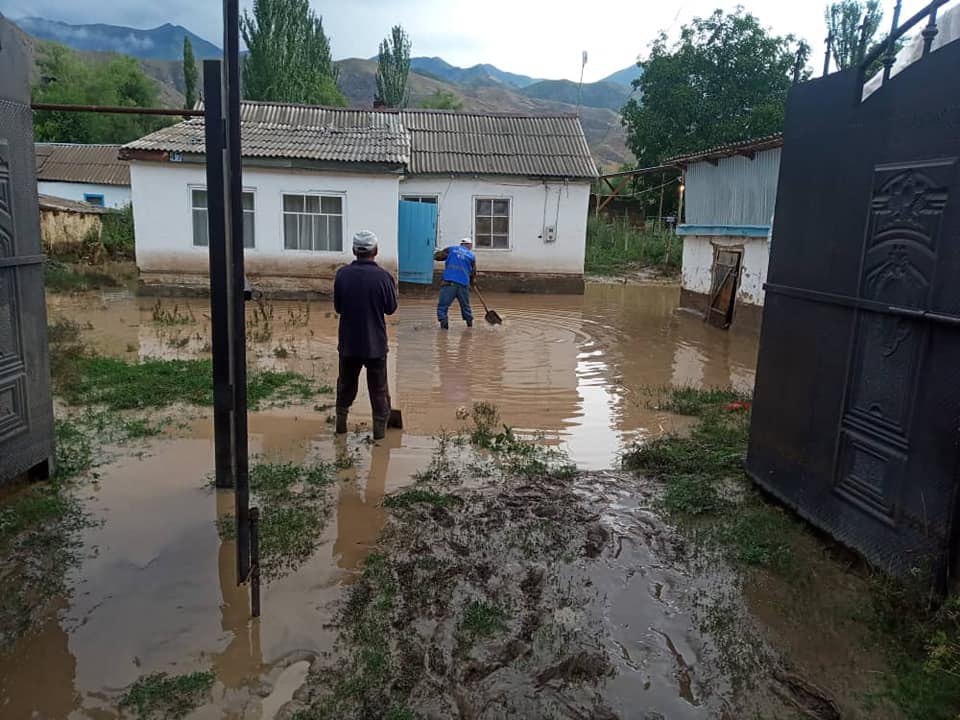KABUL (TCA) — China and Afghanistan have agreed to enhance cooperation in the field of urbanization and city development in Afghanistan, Xinhua news agency reports.
On March 16, Chinese Ambassador to Afghanistan Yao Jing and Afghan Minister of Urban Development and Housing Sadat Mansoor Naderi signed an agreement on launching the first phase of a housing project, which is the largest housing scheme in the war-torn country.
The agreement is part of a large residential housing program that will be built by China in Afghanistan.
The first phase of the project, which consists of 1,400 apartments, will be completed in Dar-ul-Aman, a locality in southwestern side of Kabul. According to Naderi, Afghans who lost their family members in terrorist attacks and family members of soldiers who were killed during fight against insurgents will be the first to receive apartments.
Naderi thanked China for supporting Afghanistan’s reconstruction and for helping Afghanistan facilitate the reconciliation process.
China will fund construction of 10,000 apartments in total with the initial phase totaling 1,400 apartments, Naderi said at the signing ceremony, TOLOnews agency reported.
Construction work is to start within two months and the first phase is to be finished in about two years.
The Chinese government has pledged to provide two billion Chinese yuan (about US $300 million) for the entire project.
The Chinese ambassador to Afghanistan said that the first, second and third phases of the project will involve apartment buildings in the capital Kabul and the remaining will be established in the provinces to provide more housing to Afghans.









